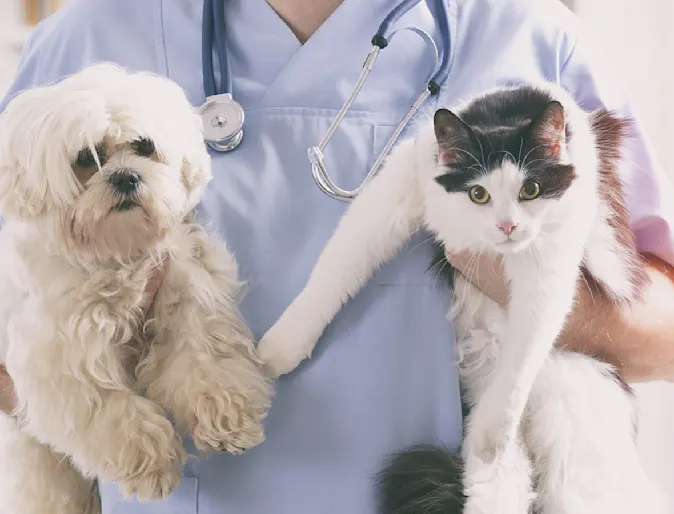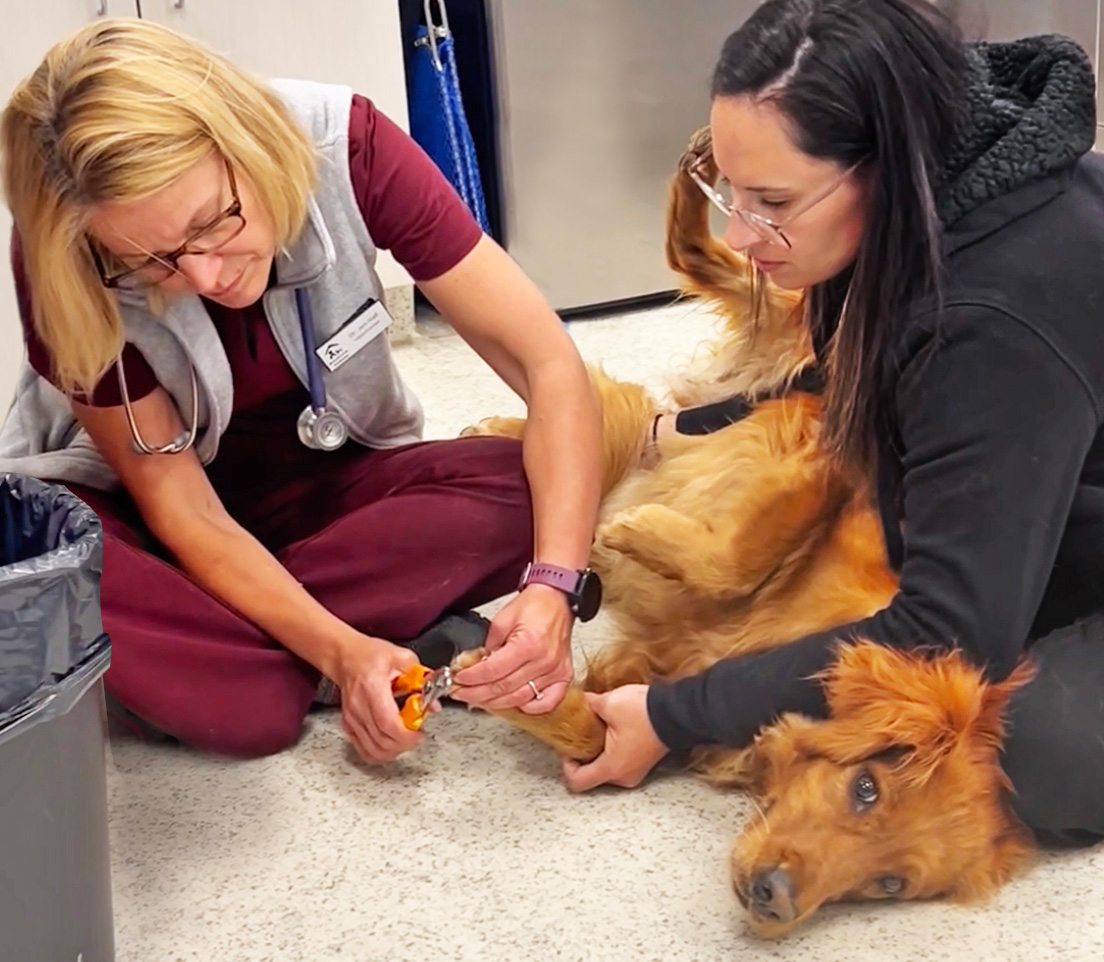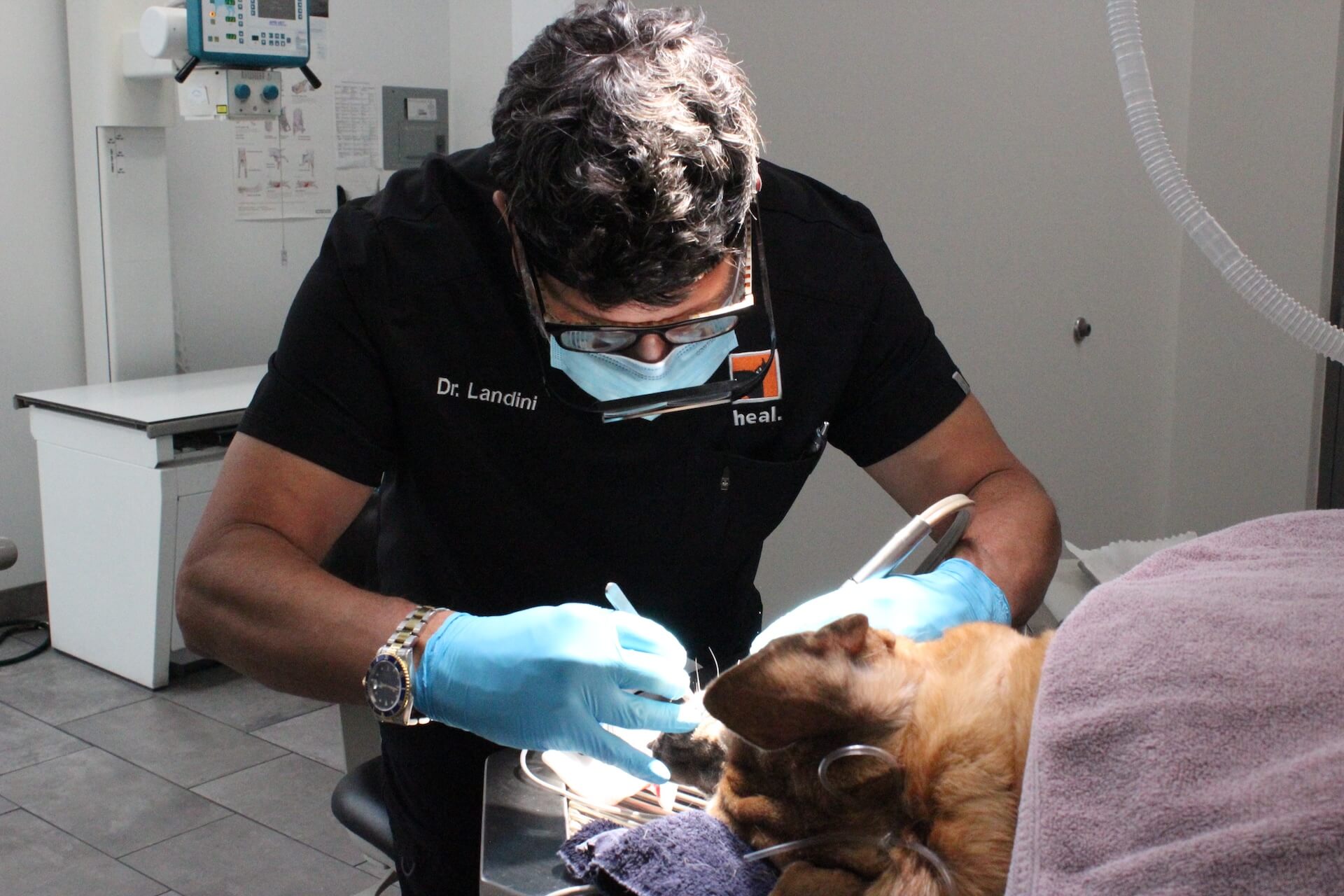Signs Your Dog Might Need canine tplo surgery: Vet-Approved Checklist
Signs Your Dog Might Need canine tplo surgery: Vet-Approved Checklist
Blog Article
Why Pet Rehab Is Important: the Benefits of Veterinarian Services for Your Pet's Recovery
Animal recovery is a necessary element of recuperation for animals encountering injuries or impairments. Vet services provide essential support via customized recovery strategies that address individual needs. These strategies commonly consist of pain monitoring, physical treatment, and dietary advice. Understanding the numerous aspects of animal rehab can brighten its relevance in enhancing recuperation outcomes. What certain advantages do these solutions offer, and just how can they change an animal's recovery journey?
Understanding Pet Rehab
Pet rehab encompasses an array of healing methods targeted at recovering the health and wellness and functionality of damaged or disabled pets. This area incorporates various methods, including physical treatment, hydrotherapy, and job-related treatment, tailored to meet the details requirements of each animal. Rehab professionals analyze an animal's problem, developing customized therapy plans that may include workouts to enhance muscular tissues, improve flexibility, and boost general well-being. The procedure not only concentrates on physical healing however also addresses emotional and behavioral facets. Animals typically experience tension and anxiety following an injury, making psychological health and wellness considerations vital in rehab. By developing an encouraging environment, specialists can help pets reclaim their confidence and adapt to their brand-new circumstances. With regular sessions, animals can experience substantial improvements, ultimately resulting in a far better top quality of life. Overall, understanding animal rehabilitation highlights its value in promoting recuperation and enhancing the bond between pets and their owners.
The Function of Discomfort Administration in Recovery
Exactly how necessary works discomfort administration in the healing of damaged animals? It plays a vital duty in facilitating healing and improving the general health of family pets. Appropriate discomfort monitoring not only alleviates discomfort however additionally promotes flexibility, allowing pets to join rehab tasks needed for recuperation. When pain is successfully handled, pets tend to react positively to treatment, leading to quicker rehab outcomes.Veterinarians use various approaches to assess and attend to discomfort, consisting of medicines, acupuncture, and different therapies. By tailoring pain management strategies to the specific demands of each animal, veterinarians can guarantee that pet dogs continue to be tranquil and cooperative throughout their recovery journey. Decreasing pain aids decrease anxiety, which can inhibit healing and extend recovery times. To summarize, reliable discomfort management is vital for boosting the recuperation procedure and improving the lifestyle for hurt pets.
Physical Therapy Techniques for Pet Dogs
Numerous physical treatment methods are available to aid in the recovery of animals recovering from injuries or surgical treatments (emergency vet near me). These methods can enhance flexibility, eliminate pain, and promote healing. Restorative exercises, as an example, help reinforce muscle mass and improve joint function, permitting pets to restore their physical abilities progressively. Hands-on treatment, which includes massage therapy and mobilization, can ease tension and boost blood circulation, adding to a faster recovery.Other techniques such as easy series of movement workouts encourage joint flexibility and reduce rigidity. Additionally, electric stimulation treatment might be utilized to stimulate nerves and muscles, advertising recovery and discomfort relief.Veterinary professionals typically tailor these strategies to each animal's specific demands, making sure an extensive rehabilitation plan. By carrying out these physical therapy techniques, family pets can experience improved top quality of life and an extra successful recuperation from their conditions. The combination of these methods right into rehabilitation programs is necessary for optimal recuperation results
Advantages of Hydrotherapy for Rehab
Hydrotherapy offers considerable advantages in pet rehabilitation, specifically in improving wheelchair. This water-based therapy promotes pain alleviation while supplying comfort to hurt or recouping pet dogs. In addition, it assists in strength-building exercises that add to overall physical recuperation.
Improved Movement Renovation
As pets recuperate from injuries or surgical procedures, boosted flexibility commonly comes to be a key objective of their rehab. Hydrotherapy acts as a beneficial tool in achieving this purpose. Via water-based workouts, pets can participate in low-impact movements that assist in joint mobility and strengthen muscular tissues without the stress of weight-bearing tasks. The buoyancy of water supports their bodies, permitting raised variety of movement and movement improvement. Furthermore, hydrotherapy motivates far better equilibrium and coordination, which are vital for bring back normal motion patterns. Routine sessions can cause considerable progression in an animal's physical abilities, inevitably improving their lifestyle. This approach not only help in recuperation however additionally promotes an extra energetic and meeting way of life post-rehabilitation.
Discomfort Alleviation and Convenience

Relief from discomfort is a crucial aspect of animal rehabilitation, and hydrotherapy substantially adds to this process. By using water's buoyancy, hydrotherapy lowers joint anxiety and relieves pain during movement. This therapeutic strategy supplies a comforting setting where pet dogs can take part in gentle workouts without the full weight of their bodies impacting their recuperation. The cozy water promotes blood circulation, advertising recovery while also motivating leisure. In addition, hydrotherapy sessions can be tailored to meet the details requirements of the animal, guaranteeing ideal comfort. As animals experience decreased pain and raised comfort degrees, their overall willingness to join rehab activities often improves, bring about a much more reliable recovery trip. Subsequently, hydrotherapy acts as an important device in enhancing pain alleviation and comfort throughout rehab.
Strength Building Workouts
Strength-building exercises play a necessary duty in the rehabilitation process, with hydrotherapy offering special benefits. This form of therapy utilizes water resistance to boost muscular tissue toughness without putting excessive stress on the joints. The buoyancy of water supports the animal's weight, permitting much safer motion and raised series of motion. In addition, hydrotherapy can improve cardio health and wellness and promote general physical fitness, helping in faster recuperation from injuries or surgeries. The regulated environment likewise reduces the threat of reinjury, making it an excellent option for animals calling for recovery. Regular hydrotherapy sessions can bring about noticeable enhancements in mobility, strength, and endurance, inevitably improving the animal's lifestyle and capacity to return to regular activities.
Significance of Customized Rehab Strategies
Personalized rehab plans are necessary for dealing with the one-of-a-kind needs of each pet, making sure personalized treatment approaches. These plans enable efficient progress monitoring and required adjustments, fostering optimal recovery results. Additionally, an alternative technique can boost the overall health of the pet, promoting a more extensive recovery experience.
Individualized Treatment Approaches
While lots of rehabilitation programs adopt a one-size-fits-all approach, the unique needs of each pet require customized treatment strategies for perfect healing. Customized rehabilitation plans take into consideration numerous aspects, including the animal's types, age, medical history, and details injuries or conditions. By customizing treatments, vets can address each animal's one-of-a-kind challenges, making best use of the effectiveness of the recovery procedure. Individualized strategies may include different techniques such as physical treatment, hydrotherapy, and therapeutic exercises, making sure that the treatment aligns with the animal's capacities and progress. In addition, individualized strategies promote a stronger bond in between the animal and the caregiver, promoting a much more engaging and helpful recovery setting. Inevitably, personalized treatment is crucial for achieving ideal feasible end results in animal recovery.
Progression Tracking and Adjustments

Holistic Recovery Strategies
All natural recuperation strategies are vital for efficient pet rehab, as they highlight the significance of customized treatment strategies tailored to each animal's specific demands. This approach thinks about the physical, emotional, and ecological variables affecting recuperation. Personalized rehab strategies might consist of a combination of physical treatment, nutritional counseling, and behavior modifications. By resolving these varied elements, vets can boost the general wellness of the pet and advertise a much faster recuperation. Moreover, such customized methods facilitate a much deeper understanding of website the animal's unique obstacles, resulting in more efficient interventions. Ultimately, alternative recuperation methods not just improve physical wellness yet likewise add to the pet's psychological and emotional security, ensuring an extensive rehabilitation experience.
The Impact of Nourishment on Healing
Nourishment plays an important duty in the recovery procedure for restoring animals, frequently figuring out the speed and efficiency of healing. A healthy diet supplies the required nutrients that support cells repair work, improve the immune system, and boost overall vigor. Protein is especially vital, as it helps in muscle restoring and healing from injuries. Crucial fatty acids, vitamins, and minerals also add to decreasing swelling and promoting optimal cellular function.Veterinarians often highlight the significance of tailored nutrition plans, thinking about each animal's certain demands, age, and wellness standing. Correct hydration is just as vital, as liquids help with nutrient absorption and aid in detoxing. By ensuring that pet dogs obtain ideal nutrition, caregivers can significantly improve their chances of a successful recuperation, bring about far better long-term health and wellness end results. Eventually, nourishment serves as a fundamental element in the rehab trip, supporting animals in restoring toughness and strength post-injury or disease.
Success Stories: Pets Who Prospered After Rehab
Effective rehab tales are plentiful, showcasing the durability of pets who have gotten rid of significant obstacles. Take, for example, Bella, a gold retriever that endured extreme injuries from a vehicle crash. With committed vet treatment and a comprehensive recovery program, she regained her wheelchair and went back to her playful self, much to her proprietor's joy. Likewise, Max, an elderly cat identified with joint inflammation, experienced remarkable enhancement via a mix of physical therapy and pain administration. His newly found agility enabled him to appreciate his favored sunbathing spots again. One more inspiring case is that of Coco, a saved greyhound that got over stress and anxiety via therapy and socializing strategies, allowing her to prosper in her brand-new home. These success stories exhibit the transformative power of pet recovery, emphasizing that with the right assistance, family pets can not just recover yet lead fulfilling lives, enhancing the bonds they share with their households.
Regularly Asked Inquiries
Just how Lengthy Does the Recovery Process Typically Consider Pet Dogs?
The rehab process for animals typically differs based on the injury or condition, ranging from a few weeks to a number of months. Individual progress, treatment type, and commitment to workouts significantly affect the total duration of recuperation.
Exist Any Kind Of Risks Connected With Animal Rehabilitation?
Pet recovery might bring risks such as worsening of injuries, improper strategies resulting in pain, or inadequate monitoring during healing. These factors can prevent progression and impact the overall performance of the recovery process.

Can All Pets Gain From Recovery Solutions?
Not all animals may call for rehab, yet lots of can benefit greatly. Recovery services can boost wheelchair, minimize pain, and boost general well-being, especially for those recovering from injuries, surgical treatments, or persistent conditions.
Just How Can I Prepare My Pet for Rehab Sessions?

What Indications Indicate My Animal Needs Rehab?
Indicators suggesting an animal may need recovery include trouble walking, limping, lowered activity levels, unwillingness to jump, or indications of discomfort. Observing these habits can prompt proprietors to seek expert analysis and treatment for their pets.
Report this page